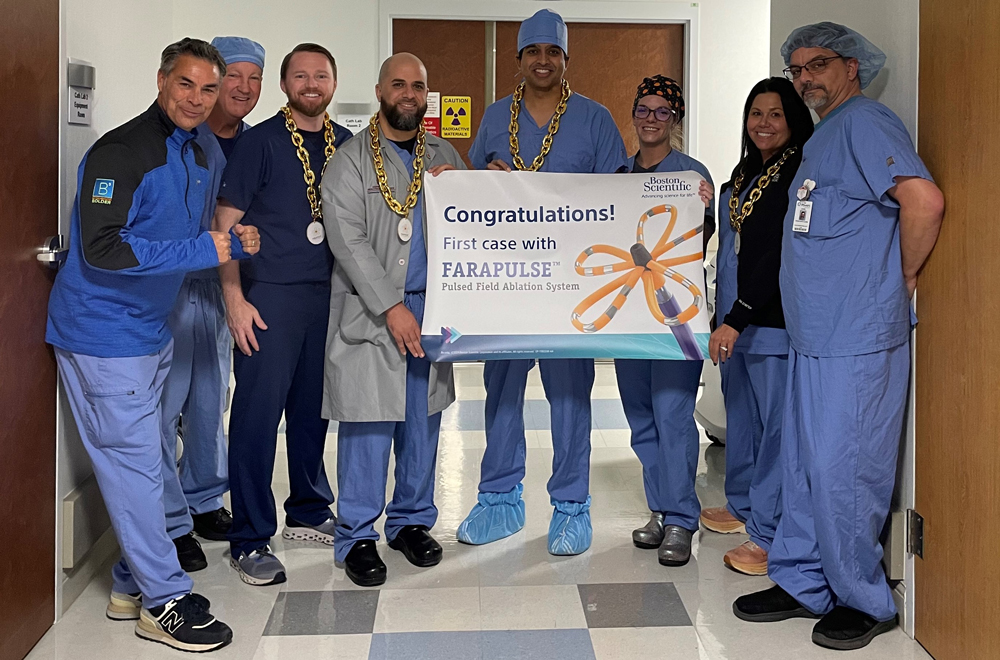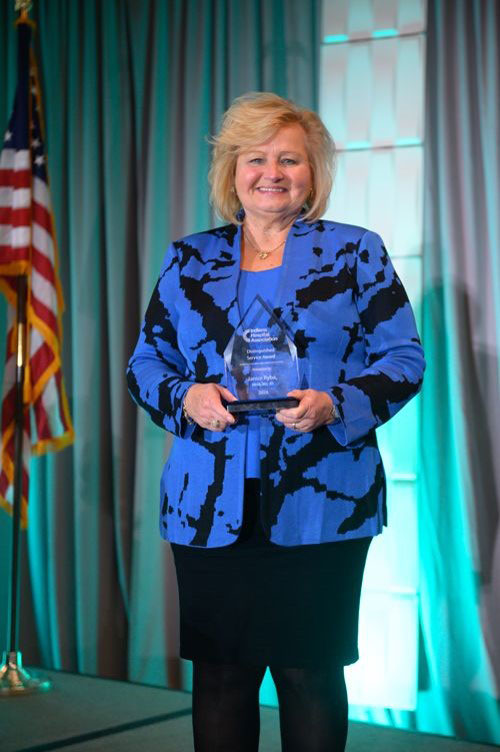
Doris Hamilton, 75, of Chicago got a sense something was wrong when she could not make up her queen size bed without getting winded.
“I was putting on the fitted sheet and before I could get around to the other side of the bed, I was out of breath,” Hamilton explains. “I had to sit down. I knew something was wrong.”
After several trips to a nearby emergency department for shortness of breath, in August 2019 Hamilton visited her cardiologist, P. Ramon Llobet, MD. Llobet is a Community Care Network physician on staff at St. Catherine Hospital in East Chicago and Community Hospital in Munster.
“I live in Chicago, but get most of my healthcare in Northwest Indiana,” Hamilton says. “My family doctor and cardiologist, Dr. Llobet, are in East Chicago. Dr. Llobet ran tests and found that my heart wasn’t running at full capacity. He said I needed a new aortic valve.”
Hamilton had the TAVR procedure in November at Community Hospital in Munster.
“When I first got up from my hospital bed I was a little dizzy, but when I walked back to my room I felt good, just like I hadn’t had any surgery at all,” she says. “I believe TAVR has improved the quality of my life. I have a lot to live for: I’ve been married 22 years with five grandchildren and two great-grandchildren. I’m really blessed that I had that done because I feel much better. It’s a miracle.”
Community Healthcare System’s team of specialists at the Structural Heart & Valve Center are mending hearts and saving lives with transcatheter aortic valve replacement, or TAVR. A less invasive procedure than open-heart surgery, TAVR gives hope to patients like Hamilton, who suffer from severe heart disease but are not ideal candidates for a complex open heart surgery.
TAVR does not require the patient to be placed on a bypass machine to breathe. Instead, under sedation, a catheter is inserted either into the arm or the groin and threaded through an artery to the heart to deliver the replacement valve. The original damaged aortic valve is left in place. Once the new valve is set in position and expanded, it pushes the original valve leaflets out of the way and the tissue in the replacement valve takes over the job of regulating blood flow.
For more information on the Structural Heart & Valve Center, call 219-703-5301 or visit COMHS.org/heart.


